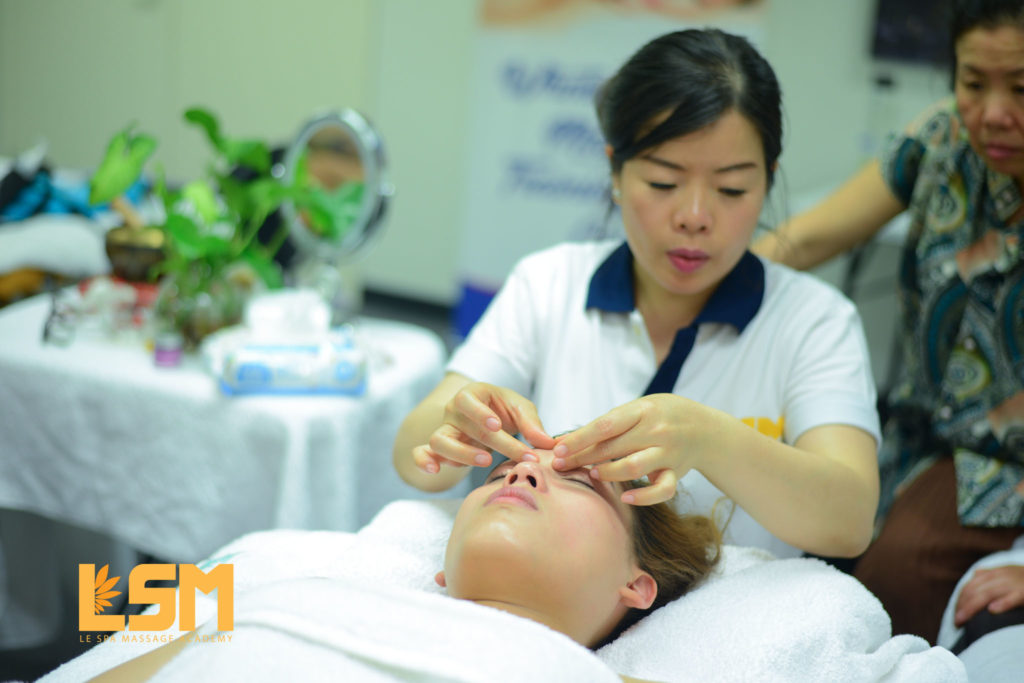Thai massage is among the most popular types of massage therapy. It originated in Thailand, a country in Southeast Asia. It’s a derivative of the Japanese massage which originates in the same region. Thai massage shares many of its near traditions with its Asian counterparts like Shiatsu, Acupuncture and Traditional Chinese Medicine. Its origin and fame have made it popular worldwide.
Thai massage originates from an ancient holistic healing art known as”Kabuki.” Its purpose was to treat patients by applying pressure on certain points in their bodies. This technique was used in Japan, China and Korea prior to its discovery in the Thais. The expression for Thai massage is”Xuryaparni,” which means”finger pressure” or”pressure points” Traditionally, this form of massage was performed by a skilled therapist called”Nakayama,” who could be located in the temple city of Phuket, Thailand.
Recent research has revealed that Thai massage may reduce chronic back pain. In a study conducted at the University of California, Los Angeles, researchers found that eighty-two percentage of those participants who had to undergo Thai massage had lower back pain. The researchers found that those who had lower back pain also had improved health because of improved immune function. This study is important because it is the first known proof that regular Thai massage may relieve pain and improve general health in the elderly.
When Thai massage is done by an experienced practitioner, it can help loosen up tight and fatigued muscles. Many Thai practitioners perform their sessions at a quite position much like that of a yoga-like poses. The practitioner uses their hands, elbows, wrists and even feet to work in combination with one another in order to perform deep muscle relaxation and increased circulation throughout the entire body. Many times, the practitioner will rotate their body weight to work on problematic regions of the body. Additional benefits that Thai massage may provide includes reducing stress and enhancing the body’s immune system.
Throughout a Thai massage, the practitioner will use both hands in very specific ways to target a number of areas of the body. One technique that is usually used is kneading. This is accomplished by placing pressure on specific areas of the elbow, shoulders, back and other rigid muscles in the neck and shoulders. The kneading movements may also target specific elements of the lower spine. Typically, the kneading movement was designed to help stretch tight muscles in the neck and shoulders.
Another technique widely used during Thai massage may be stretching. The practitioner will stretch out the legs with their elbows while holding onto the opposite elbow. The practitioner will replicate stretching down the leg with the hands, finally winding up at the feet. It’s important to note that stretching should be done slowly and gently so as to avoid any pulled muscles.
During Thai massage therapy, the physical therapist may position themselves between the patient’s legs. This will enable them to have a better vantage point of where the aches and pains are located, and they can move around more easily, making the therapy more efficient. For those people who are uncomfortable having their feet placed on the floor, many therapists make sure that you place a small mat on the floor adjacent to the massage table.
To complete the techniques, the practitioner can apply pressure to specific muscles or joints. When doing this, they will use both thumbs and fingers. Massaging the particular joint or muscle can be useful because it helps to release tightness, while stretching the muscle or joint in order to increase flexibility. It is important to keep in mind that the application of Thai massage therapy should only be performed by trained and licensed professionals. If you suffer from a condition or injury that restricts your mobility, it’s wise to consult with a licensed physical therapist prior to having this type of exercise performed.